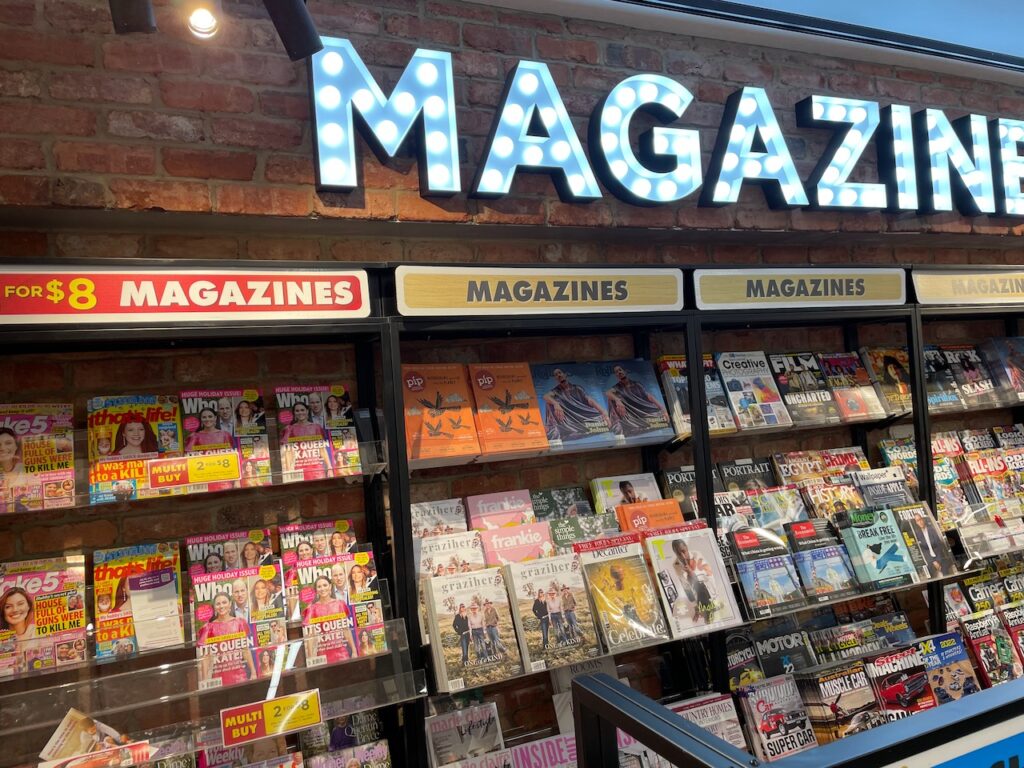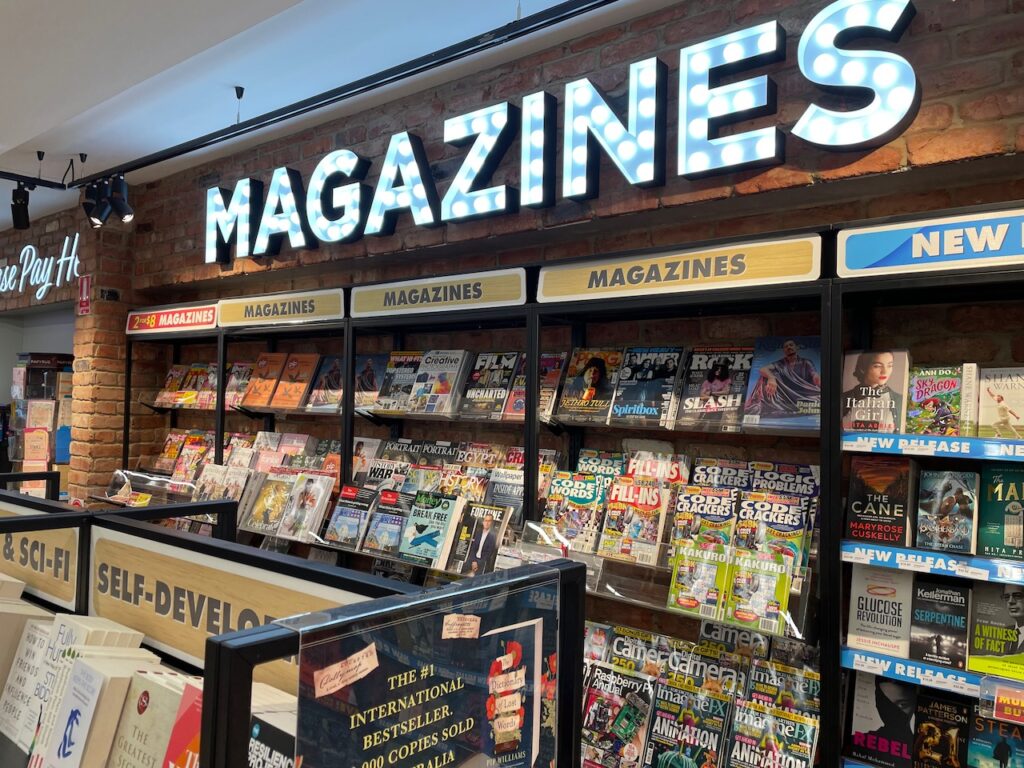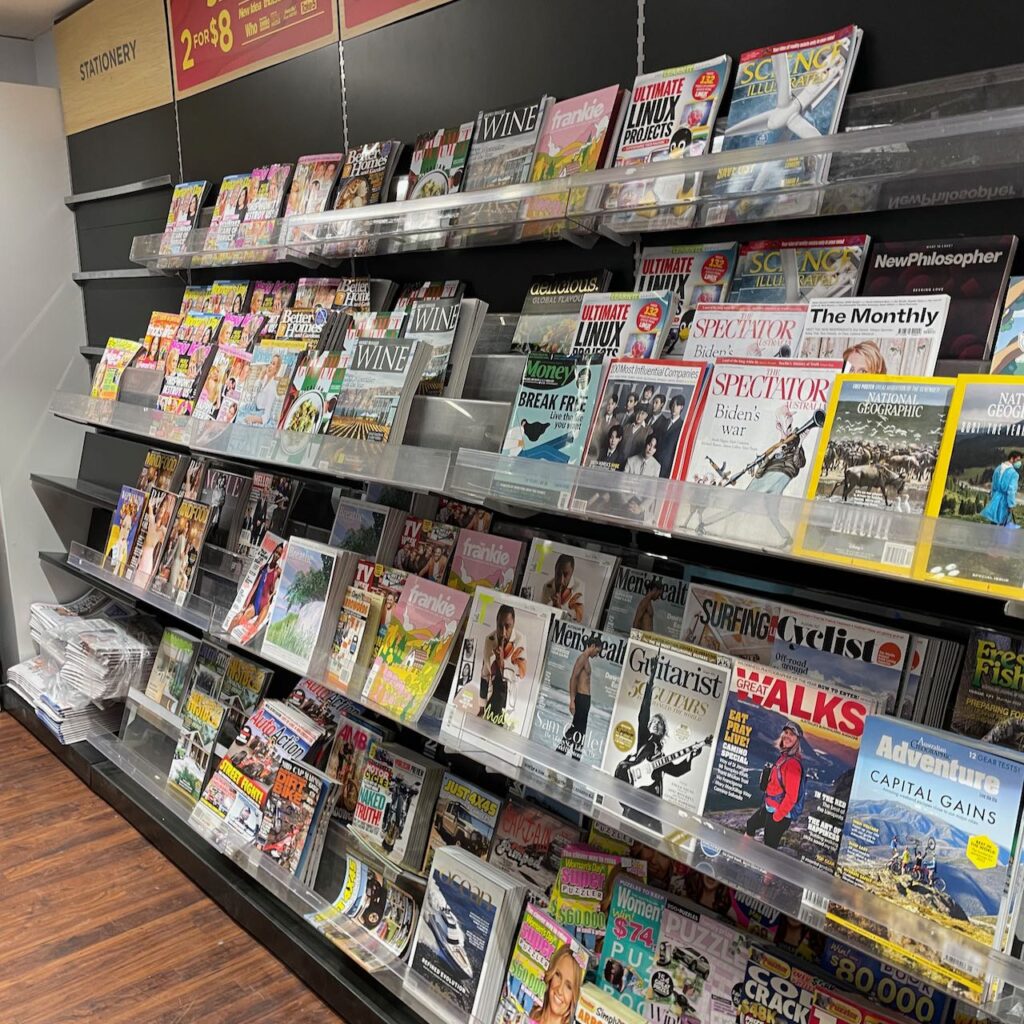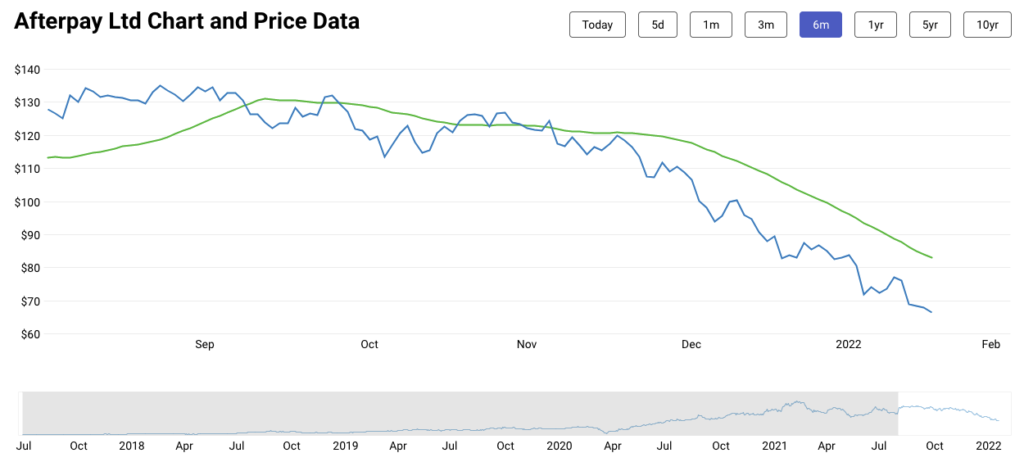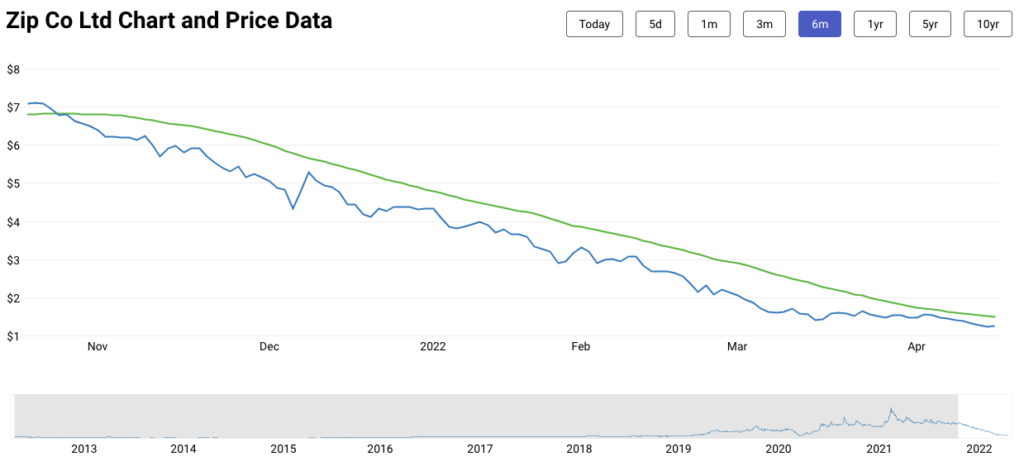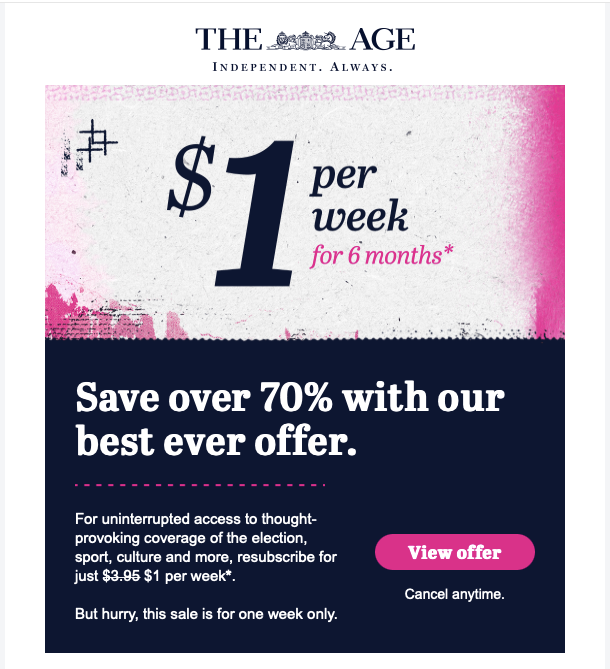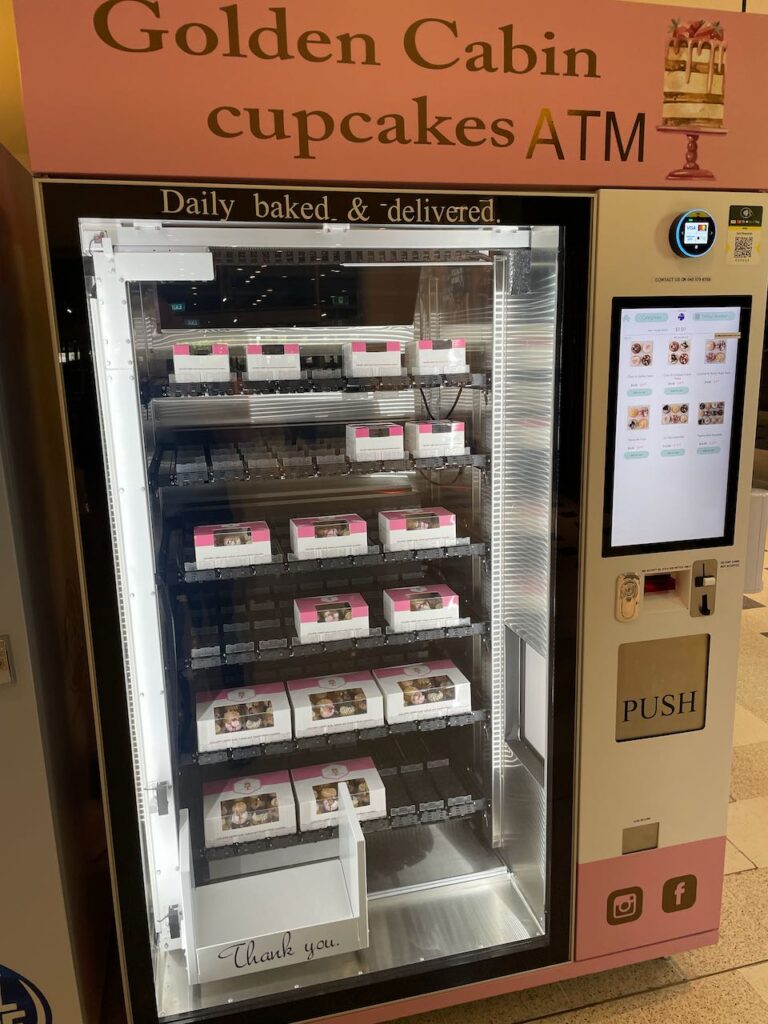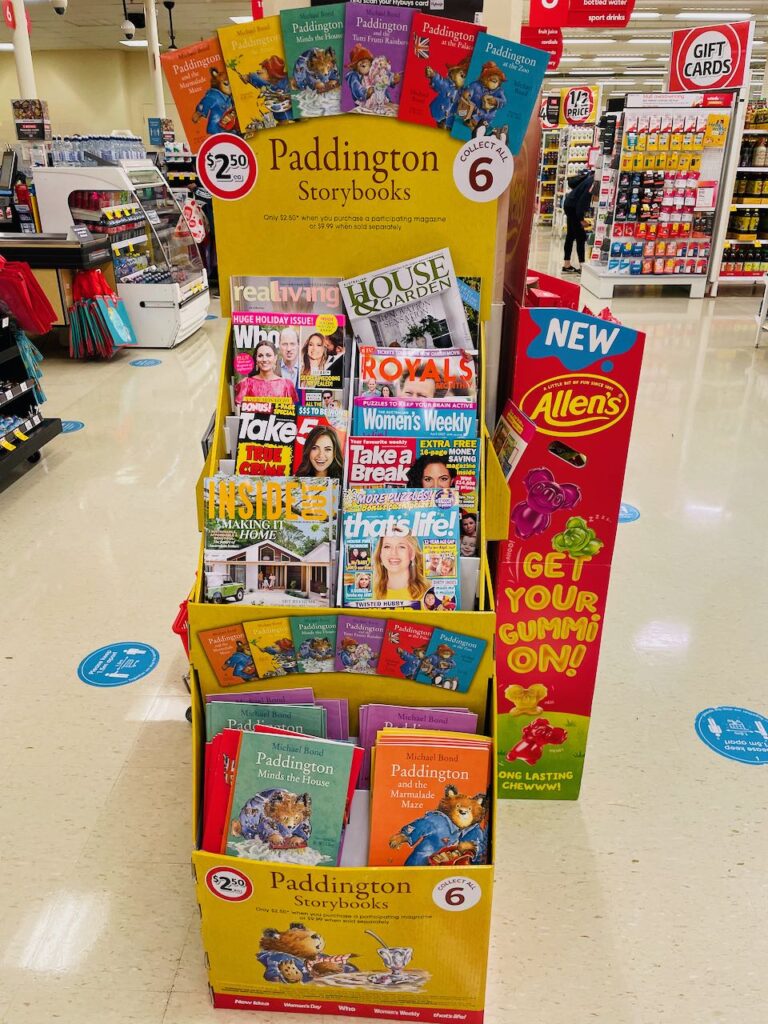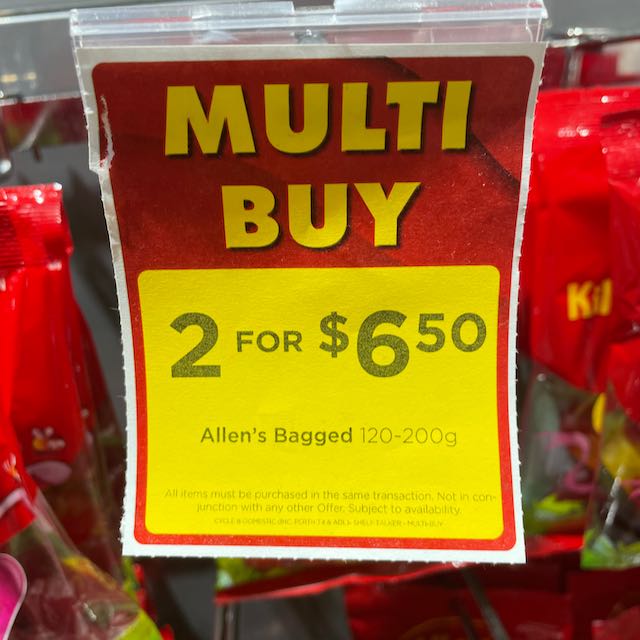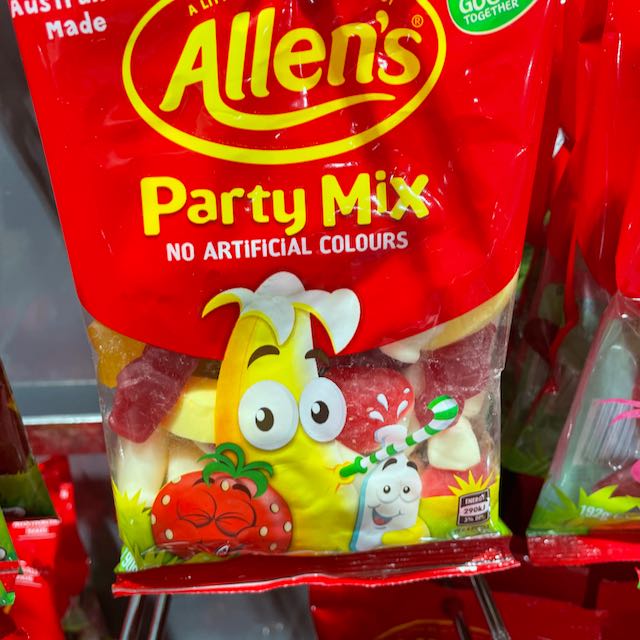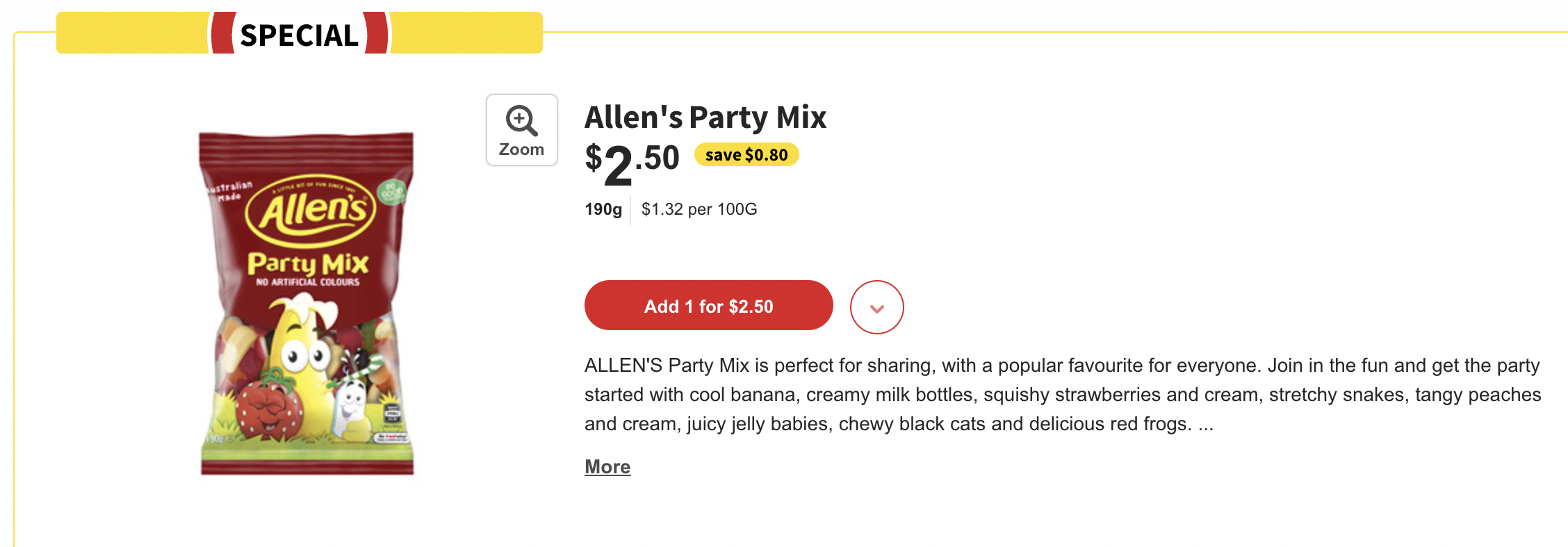4 things any retailer can do to improve cash flow
I released this video, 4 things any retailer can do to improve cash flow, on my POS software company’s YouTube channel less than 2 days ago and it’s had 243 views already. This is a surprise because the videos I make tend to attract time number of viewers over several months. They are not made to attract good numbers quickly.
I am sharing the video here because of the high number of views (for this type of video) and the feedback from retailers about the advice provided.
I made the video after publishing a longer list of advice for retailers on improving cash flow:
- Free dead stock. In our experiences this releases the most cash flow value, but it is the option most often rejected for often silly reasons. dead stock is stock that is not selling, not moving. It is often stock you have long since paid for. This means that any money you get for it is positive cash flow right now. The loss from paying for the stock has already been realised – many retailers forget that. So, idea tidy what’s not selling, and quit it creatively, with urgency. Cheer every dollar this brings.
- Trim where you can without impacting sales. The most beneficial move here is typically a cut in the roster, a cut in labour cost. Save a few dollars with no sales revenue impact and you are ahead cash flow wise.
- Get shoppers to spend more in a visit. Smart loyalty software will do this. Points loyalty systems are unlikely to do this. There are better loyalty options designed to help encourage shoppers to spend more in a visit. Our POS software helps nurture this.
- Charge more. Yes, we understand this can be scary. The thing is, if you do this carefully, thoughtfully, and offer a good loyalty incentive and bundle items together, a modest price rise is less likely to be noticed and more likely to have a positive impact on cash flow. Think about it. Plan for it. Take small steps. A 1% rise across your top 200 inventory items could be the small step that delivers the cash flow boost you need.
- Find more customers. The more new customers you have shopping with you the more you will sell, obviously. It can feel easier said than done to attract new customers. In our experience, most local retail businesses do not have a new customer attraction plan. Do you? It does not need to be complex. Even a simple social media pitch honouring a new product, reflecting your gratefulness to have it could be enough. One the post is up, pay for a boost in your area. An $8 spend over 4 days is all you may need to get in front of a few hundred prospective new customers … and that gets you on the path, that could be your new customer attraction plan.
- Trim overheads. Look through your business overheads and look for an opportunity to trim.
- Look at your sales counter. With most purchases being completed at the sales counter, look at it from the perspective of your shoppers and see what you could do to encourage them to add items at the last minute. The counter is a valuable place of influence. Use it. Make sure it is driving deeper purchase baskets, and adding to cash flow.
- Spend less on inventory. Look for suppliers with good inventory holdings that allow you to use them, rather than your shop floor or store room, to hold stock you may not sell right away.
My concern is that too many retailers will not do the work, they will not take the important steps to address cash flow, until it is too late.
Through the work I do at Tower Systems and at newsXpress, I try and encourage retailers to confront the truth in their business data sooner and with tighter focus that might otherwise be the case.


